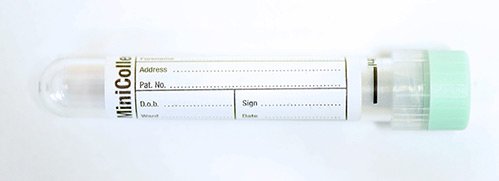Alkaline phosphatase (ALP)
Chemical Pathology
Notes
ALP is predominately found in liver and bone but is also produced by placental and intestinal tissue. It is routinely measured as part of the LFT and bone profiles.
Gamma GT (γGT) and Vitamin D should be measured ALP is raised. If γGT is also raised then some, if not all, of the ALP is likely to be of liver origin. A low Vitamin D suggests release from bone due to Vitamin D deficiency.
High ALP levels occur in pregnancy due to placental production and the normal reference ranges do not then apply (levels will be dependent on size of the placenta).
Active bone growth phases in childhood and adolescence may result in ALP levels of 3 - 4 times the adult range.
ALP may be raised in prostatic disease from liver or bone origin and/or reactivity from increased acid phosphatase levels seen in this condition.
Very occasionally follow up with ALP isoenzyme analysis may be useful, please contact the Duty Biochemist to discuss.
Sample requirements
For adults, blood taken into a 5mL gold top gel tube (or rust top for the Acute Unit)

For children, blood taken into a 3.5mL rust top tube

For neonates, blood taken into a 0.8mL minicollect ithium heparin tube.

Storage/Transport
Send at ambient temperature to the laboratory. If unavoidable, samples can be stored refrigerated overnight.
Required information
Relevant clinical details state including known or possible diagnoses; if a liver or bone pathology is suspected; if the patient is pregnant. List relevant current medications e.g.anticonvulsant.
Turnaround times
The assays are run throughout the day and night. The in-lab turnaround time is normally less than 24 hours. The test can be ordered as an urgent request.
Reference ranges
| Age | Reference range (U/L) |
|---|---|
| < 1 month | 90 - 260 |
| 1 month - 3 years | 90 - 180 |
| 3 - 10 years | 130 - 260 |
| 10 - 14 years | 130 - 340 |
| 14 - 18 years | 30 - 180 |
| > 18 years | 30 - 130 |
Further information
To learn more about alkaline phosphatase, visit Lab Tests Online
Page last updated: 14/07/2023